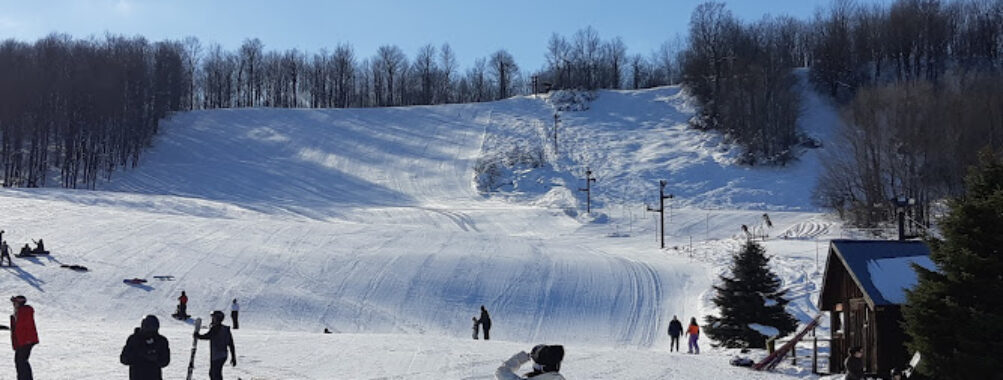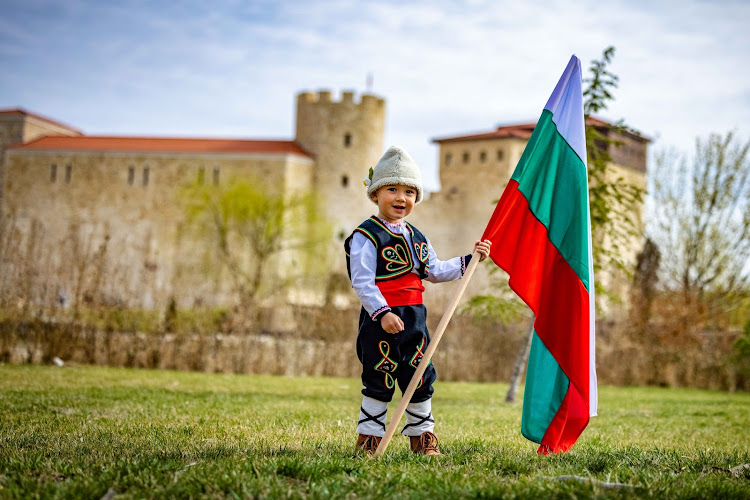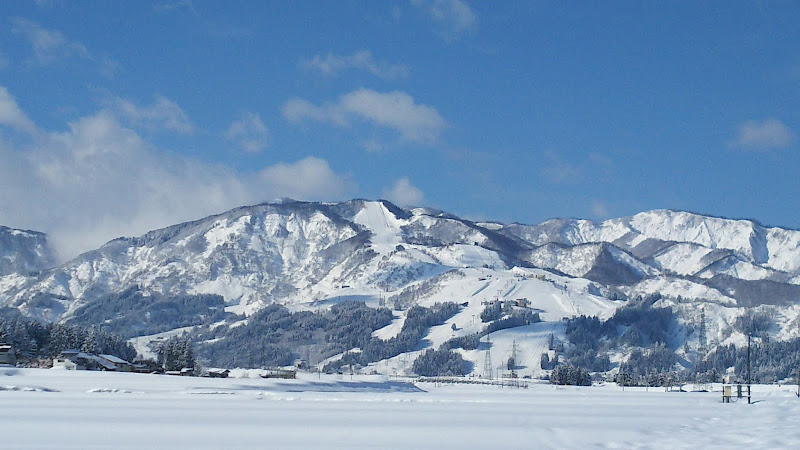
Ski Trip Cost: Save 30% on Your Dream Alpine Getaway
Planning a ski trip can be exciting, but the costs can add up quickly. You might be wondering how much to budget for your winter adventure. A typical ski vacation costs between $2,500 to $3,000 for four days of skiing. This price includes lodging, lift tickets, equipment rentals, and food. But don’t worry – there are ways to save money and still have a great time on the slopes.
The cost of your ski trip depends on several factors. Where you go, when you travel, and what type of accommodations you choose all play a role. Lift tickets are often the biggest expense, ranging from $50 to over $200 per day. Equipment rentals, lessons, and food on the mountain can also take a big bite out of your budget.
But don’t let the prices scare you away from hitting the powder. With some smart planning, you can find ways to cut costs without sacrificing fun. Look for package deals, consider less famous resorts, and book early to snag the best rates. Your perfect ski getaway is within reach – let’s break down the costs and help you plan a trip that fits your budget.
Contents
- Key Takeaways
- Understanding Ski Trip Costs
- Lift Ticket Expenses
- Accommodation Rates
- Cost of Ski Rentals
- Meals and Dining
- Travel Expenses
- Airfare Considerations
- Ground Transportation
- Car Rentals and Shuttles
- Budgeting for New Skiers
- Ski Lessons and Coaching
- First-time Ski Equipment
- Selecting Beginner-Friendly Resorts
- Maximizing Value with Ski Pass Deals
- Multi-Resort Access
- Advance Purchase Discounts
- Family and Group Promotions
- Choosing the Right Time to Ski
- Off-Peak vs. Peak Seasons
- Cheapest Months for Ski Trips
- Accommodation Options
- Hotels versus Vacation Rentals
- Booking Platforms
- Ancillary Ski Trip Costs
- Apparel and Gear Expenditures
- Insurance and Emergency Preparedness
- More Travel Guides
Key Takeaways
- Ski trips average $2,500-$3,000 for four days, including lodging and lift tickets
- Costs vary based on location, timing, and accommodation choices
- Smart planning and package deals can help reduce overall expenses
Understanding Ski Trip Costs
Ski trips can be pricey, but knowing what to expect helps you plan better. Let’s break down the main expenses you’ll face on the slopes.
Lift Ticket Expenses

Lift tickets are often the biggest chunk of your ski budget. Daily passes can run you $100 or more at popular resorts. But don’t panic! There are ways to save.
Multi-day passes usually offer better rates. For example, a 3-day pass might cost $270 instead of $300 for three separate day tickets.
Season passes like Epic or Ikon can be a great deal if you ski a lot. They cost $700-$1000 but give you access to multiple resorts all season.
Look for deals online or through your lodging. Some hotels offer discounted lift tickets as part of a package.
Accommodation Rates
Where you stay can make or break your budget. Ski-in/ski-out lodging is super convenient but pricey, often $300+ per night.
Hotels in town are usually cheaper, around $100-$200 a night. You’ll need to factor in transportation to the slopes, though.
Vacation rentals can be a good middle ground. A condo for 4-6 people might run $200-$400 per night, but you can split the cost and save on meals by cooking.
Don’t forget to check for package deals that include lodging and lift tickets. These can offer significant savings.
Cost of Ski Rentals

If you don’t own gear, rentals are a must. Basic ski packages (skis, boots, poles) usually cost $40-$60 per day. High-performance gear can be $70-$100 daily.
Kids’ rentals are cheaper, often $25-$40 a day. Some places offer multi-day discounts, so ask about that.
Renting at the resort is convenient but pricey. You can often save 10-20% by renting from shops in town.
Don’t forget about clothing! If you need to rent a jacket and pants, budget another $30-$50 per day.
Meals and Dining
Food at ski resorts isn’t cheap. Expect to pay $15-$20 for a basic lunch at the lodge. A sit-down dinner can easily hit $30-$50 per person.
Bringing snacks and water can help cut costs. Many resorts let you bring your own food to eat in designated areas.
If you have a kitchen in your lodging, cooking some meals can save a ton. Hit up a local grocery store when you arrive.
For a treat, look for happy hour specials in town. You can often score discounted drinks and appetizers after the slopes close.
Travel Expenses

Getting to your ski destination can be a big chunk of your trip cost. Smart planning helps you save money while still having a comfortable journey. Let’s look at the main travel expenses you’ll face.
Airfare Considerations
Booking flights early can save you a lot. Prices for domestic economy flights to ski destinations often range from $200 to $600 round-trip. Try to fly mid-week for better deals. Avoid peak holiday times if you can. Some airlines offer ski gear as a free checked bag, which is a nice perk.
Look for deals on KAYAK to compare flight prices across different airlines. Be flexible with your dates if possible. Sometimes, flying into a nearby city and driving can be cheaper than flying directly to a ski town airport.
Ground Transportation
Once you land, you need to get to your resort. Shuttle services from airports to ski areas usually cost $30 to $100 per person each way. Some resorts offer free shuttles, so check before you book. Taxis and ride-shares can be pricey, often $100 or more for a one-way trip to the slopes.
If you’re staying in town, many ski areas have free local buses. This can save you money on parking and the hassle of driving in snow. Ask your hotel about shuttle services too. Some offer free rides to the lifts.
Car Rentals and Shuttles
Renting a car gives you freedom but comes with extra costs. A standard car might cost $50 to $100 per day. For snowy roads, you might need a 4WD SUV, which can run $100 to $200 daily. Don’t forget to factor in gas and parking fees.
Search for cheap car rentals to find the best deals. Some credit cards offer rental insurance, which can save you money. If you’re comfortable with winter driving, a rental car can be worth it for exploring different ski areas or nearby towns.
Budgeting for New Skiers

Getting started with skiing can be pricey, but there are ways to keep costs down while learning the ropes. Planning ahead and making smart choices can help you enjoy the slopes without breaking the bank.
Ski Lessons and Coaching
Ski lessons are a must for newbies. Group lessons are cheaper than private ones and still give you great instruction. Expect to pay $50-100 for a half-day group lesson at most resorts. Some places offer package deals that include lessons, lift tickets, and rentals – these can save you money.
Look for “learn to ski” programs. Many resorts have special packages for first-timers that bundle everything you need. These often run $100-200 for a full day of learning.
Don’t skimp on lessons to save cash. Good technique will help you progress faster and avoid injuries. Plus, you’ll have more fun once you know what you’re doing!
First-time Ski Equipment

Renting gear is the way to go for your first few trips. Daily rental packages with skis, boots, and poles usually cost $30-50. Some shops offer multi-day discounts.
Don’t buy expensive gear right away. Wait until you’re sure you love skiing and know what type of equipment suits you best. When you do buy, look for end-of-season sales or gently used gear to save money.
Clothing is important too. You don’t need fancy ski outfits to start. Layer up with what you have – warm base layers, a waterproof jacket, and snow pants will do the trick. Borrow from friends if you can.
Selecting Beginner-Friendly Resorts
Choose smaller local resorts for your first trips. They’re often cheaper and less overwhelming than big-name spots. Lift tickets at these places might be $50-75 per day, compared to $150+ at major resorts.
Look for deals on sites like Liftopia or through your local ski shop. Some resorts offer discounted beginner tickets that only access easier slopes.
Consider the location. Staying close to home cuts travel costs. If you’re flying, compare ticket prices to different ski towns. Less famous spots can be much cheaper.
Check resort websites for specials. Many offer discounts for booking lessons, lodging, and lift tickets together. Midweek trips are usually cheaper than weekends.
Maximizing Value with Ski Pass Deals

Ski passes can save you big bucks on your winter getaway. With smart planning, you’ll slash lift ticket costs and squeeze more powder days into your budget. Let’s look at some savvy ways to get the most bang for your buck.
Multi-Resort Access
Multi-resort passes like Epic, Ikon, and Mountain Collective are game-changers for skiers and snowboarders. These passes give you access to dozens of resorts for one price. The Epic Pass covers popular spots like Vail and Park City. Ikon gets you into places like Aspen and Jackson Hole.
You’ll save a ton compared to buying daily lift tickets. For example, an Epic Pass might cost around $800-900 for adults. That’s way less than you’d pay for just a week of skiing at regular prices.
These passes work best if you plan to ski at least 5-7 days in a season. They’re also great for road trips where you hit multiple resorts.
Advance Purchase Discounts
Buying early is key to scoring the best deals on ski passes. Most resorts offer big discounts if you buy months ahead.
For the 2024-25 season, Epic Passes go off sale on December 2, 2024. After that, prices will likely jump. The same goes for other passes – buy in spring or early fall for the lowest rates.
Some resorts also sell discounted day tickets in advance. You might save 20-40% by buying a week or more ahead online. Keep an eye out for flash sales too, especially in the off-season.
Family and Group Promotions
Many resorts offer sweet deals for families and groups. “Kids ski free” promotions are common – often one child 12 and under skis free with each paying adult. Some places extend this to teens too.
Group discounts can save you 10-20% when you buy 4+ passes together. Perfect for a family ski trip or getaway with friends.
Look for “beginner packages” that bundle lessons, rentals and lift tickets. These can be a great value if you’re new to skiing or have kids just starting out.
Choosing the Right Time to Ski

Picking the best time for your ski trip can save you a bunch of money. Smart timing lets you get the most powder for your dollar. Let’s look at when to book your ski holiday for the best deals and snow.
Off-Peak vs. Peak Seasons
Peak season hits around Christmas and New Year’s. Prices shoot up, and slopes get packed. If you want to save cash, aim for off-peak times. Early December and late March are great for deals. You’ll find shorter lift lines and cheaper rooms. But watch out – snow might be iffy early or late in the season.
Want the best of both worlds? Try January or February. You’ll get good snow without holiday crowds. Midweek trips are even better. Lift tickets and lodging often cost less Monday to Thursday.
Cheapest Months for Ski Trips
November and April are usually the cheapest months to ski. But snow can be hit or miss. For better odds, look at early December or late March. You might score some killer deals.
Here’s a quick price guide:
- November/April: Cheapest, but risky snow
- Early Dec/Late March: Good deals, okay snow
- January/February: Best snow, decent prices
- Christmas/New Year’s: Most expensive
Pro tip: Book your trip way ahead of time. You can often grab early bird deals in summer or fall. Some resorts offer big discounts if you buy passes months in advance.
Accommodation Options

Choosing the right place to stay can make or break your ski trip experience and budget. Let’s look at some key factors to consider when booking your lodging.
Hotels versus Vacation Rentals
Hotels near ski resorts often come with perks like free breakfasts and shuttle services. But they can be pricey, especially during peak season. A standard room might set you back $200-$300 per night at popular resorts.
Vacation rentals through VRBO or Airbnb can be cheaper for groups. You’ll often get more space and a kitchen to cook meals. This can save you big on food costs. A 2-bedroom condo might cost $150-$250 per night, split between 4 people.
But rentals may be farther from the slopes. You might need to rent a car or use shuttle services. Factor in these extra costs when comparing options.
Booking Platforms

Using the right booking site can help you snag deals on your ski holiday accommodations. Booking.com often has good rates on hotels and some vacation rentals. They offer free cancellation on many bookings too.
For vacation rentals, check VRBO and Airbnb. They have lots of options near ski resorts. You can filter by amenities like hot tubs or ski-in/ski-out access.
Don’t forget to look at the ski resort’s own website. They sometimes offer lodging packages that include lift tickets. This can save you money if you plan to ski multiple days.
Book early for the best deals, especially for popular ski weeks. Prices tend to go up as your travel dates get closer.
Ancillary Ski Trip Costs

Planning a ski trip involves more than just lift tickets and lodging. You’ll need to budget for some extra expenses that can add up quickly if you’re not careful.
Apparel and Gear Expenditures
Staying warm and dry on the slopes is crucial. If you don’t already own ski clothes, you’ll need to invest in some key pieces. A good ski jacket can cost $100-$300, while ski pants range from $50-$200. Don’t forget about base layers, gloves, and goggles too.
Renting ski gear is often cheaper than buying, especially for beginners or occasional skiers. Expect to pay $30-$50 per day for a basic ski package including skis, boots, and poles. Some resorts offer multi-day discounts.
If you decide to buy your own gear, budget $400-$800 for a beginner ski set. More advanced equipment can cost upwards of $1000. Remember, you’ll also need a ski bag to transport your gear safely.
Insurance and Emergency Preparedness
Ski trip insurance is a smart investment. It typically costs 4-8% of your total trip cost and covers things like trip cancellation, medical emergencies, and lost luggage. For a $3000 ski vacation, expect to pay $120-$240 for insurance.
Many resorts offer on-site clinics, but getting seriously hurt can be expensive. Check if your regular health insurance covers ski accidents. If not, consider buying extra coverage.
Pack a small first aid kit with basics like bandages and pain relievers. It’s also smart to bring some extra cash for unexpected expenses. Set aside $100-$200 as an emergency fund for your trip.



